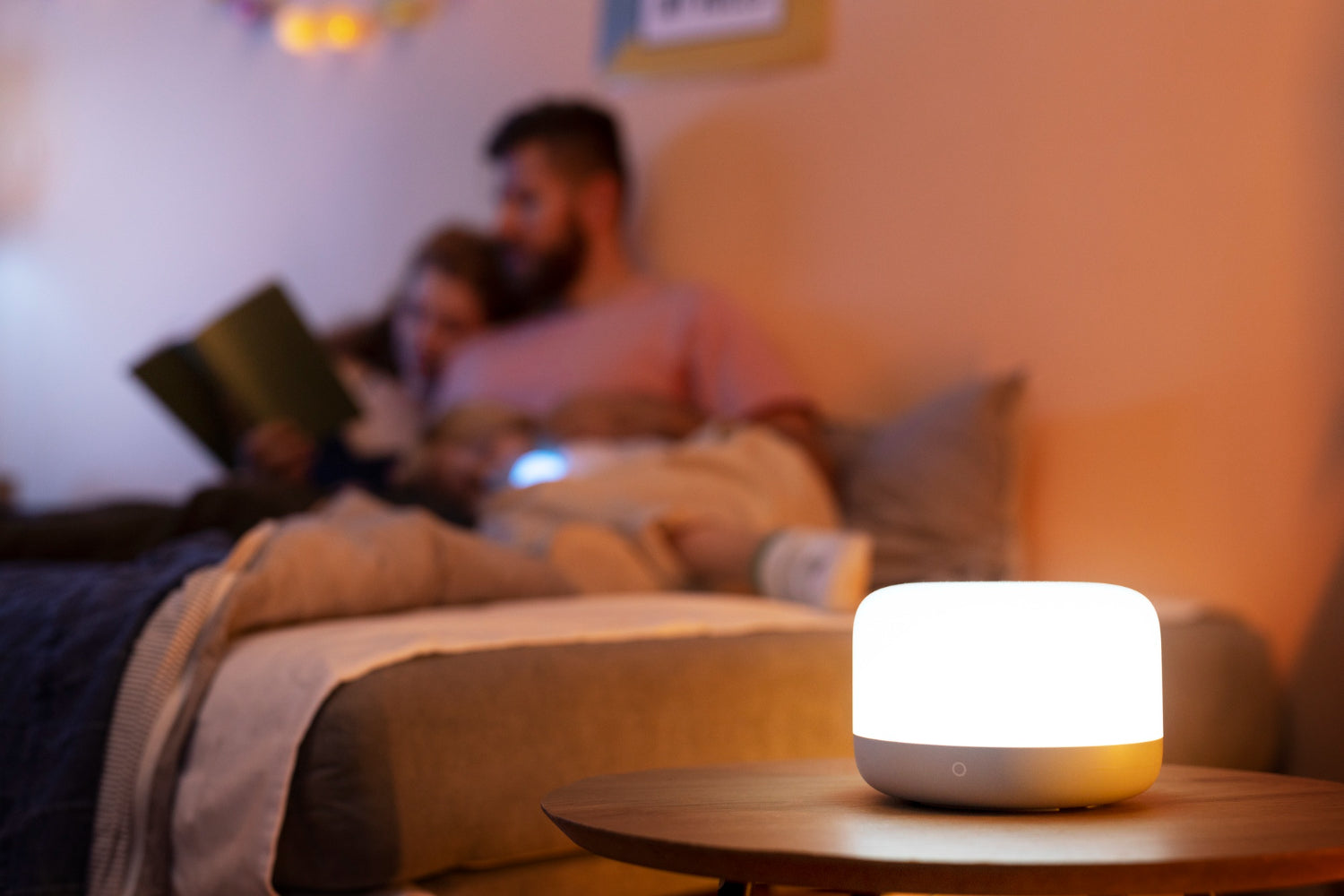
How Light Affects Your Sleep: Create the Ideal Bedroom Lighting for Restful Nights
Light is more than just a tool for visibility—it’s a powerful influence on your body’s internal clock, affecting how well you sleep and how refreshed you feel in the morning. In today’s fast-paced world, filled with screens and artificial lighting, understanding how light impacts your sleep is essential. By making thoughtful choices about your bedroom lighting, you can create a calm, sleep-friendly environment that supports deep and restorative rest.
Why Light Exposure Impacts Your Sleep
Our bodies follow a natural 24-hour cycle known as the circadian rhythm, which is closely tied to light and darkness. Morning sunlight sends a strong signal to the brain that it’s time to be awake and alert. This helps you feel energised, regulates mood, and sets your body clock for the day.
Conversely, exposure to bright light at night—especially artificial light—can confuse these signals. It can delay the production of melatonin, the hormone responsible for helping you feel sleepy, making it harder to fall asleep and stay asleep through the night.
The Role of Darkness in Promoting Rest
As important as morning light is to waking, darkness is critical to sleep. Once the sun goes down and light levels drop, melatonin levels rise, helping your body relax and transition into sleep. This hormone lowers your core body temperature and induces a natural feeling of drowsiness.
However, when your evening environment is flooded with artificial lighting, or you’re exposed to the blue light from phones and TVs, melatonin production is suppressed. This doesn’t just delay sleep—it also reduces its quality, making you more likely to wake during the night or feel groggy in the morning.
How Modern Lighting Disrupts Natural Sleep Patterns
Before the invention of electric lighting, the human sleep cycle was largely dictated by the sun. But in the age of smartphones, tablets, and LED bulbs, our evenings are often spent bathed in blue light—a high-energy wavelength proven to be especially disruptive to sleep.
Studies suggest that looking at screens before bed can delay sleep onset and interfere with REM sleep. While we can't always avoid screens at night, we can create a lighting environment that helps the body unwind.
Tips for Creating the Right Bedroom Lighting for Sleep
Designing your bedroom lighting with sleep in mind is one of the simplest ways to improve your rest. Here’s how to make your lighting work for you:
1. Choose Warm, Soft Lighting in the Evening
Swap out cool white bulbs for warm-toned, soft-glow LED lights, especially in table lamps or wall sconces. These create a soothing atmosphere ideal for relaxing before bed. Lamps such as the Astro Table Lamp offer a gentle glow, perfect for evening reading without overstimulating your senses.
2. Use Dimmer Switches to Wind Down Gradually
Dimmers allow you to lower light intensity in the hour leading up to sleep, mimicking the natural setting of the sun. This gradual shift helps signal to your body that it’s time to relax and prepare for rest.
3. Block Out External Light Sources
Ensure your bedroom remains dark throughout the night by installing blackout curtains or heavy blinds. This is especially useful during summer months when sunrise comes early and streetlights can interrupt sleep.
4. Use Red Night Lights for Minimal Disruption
If you need a nightlight for comfort or navigation, choose one with a red bulb. Research has shown red light has the least impact on melatonin production, making it ideal for nighttime use—especially in children’s bedrooms or hallways.
Final Thoughts: Sleep Better by Lighting Smarter
Light is a key factor in how well you sleep. With a few small changes to your bedroom lighting, you can reduce the negative effects of artificial light and support your body’s natural sleep-wake cycle. Focus on warm, low-intensity lighting in the evening, minimise blue light exposure before bed, and embrace darkness where possible. Whether through dimmers, blackout curtains, or red-hued night lights, creating a sleep-conducive environment starts with the right light.
At Scarlett Lighting, we offer a curated range of bedroom lighting solutions designed to enhance your home’s ambience while supporting healthy sleep. Explore our collection of bedside lamps, dimmable fixtures, and warm-toned LEDs to transform your evening routine—and wake up feeling truly refreshed.


